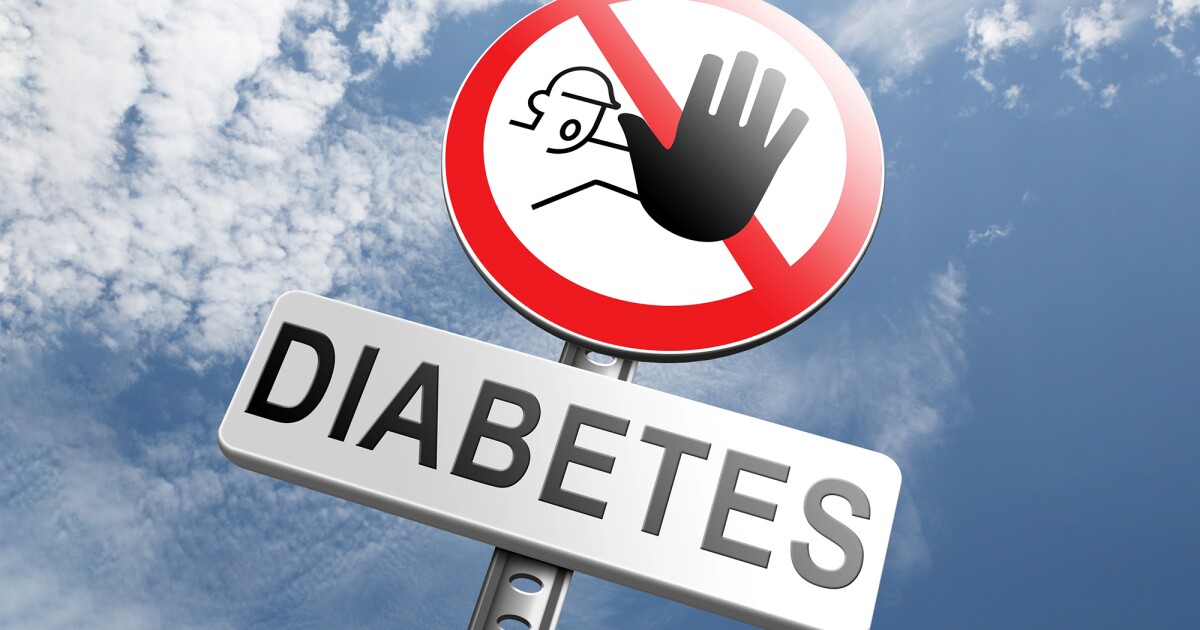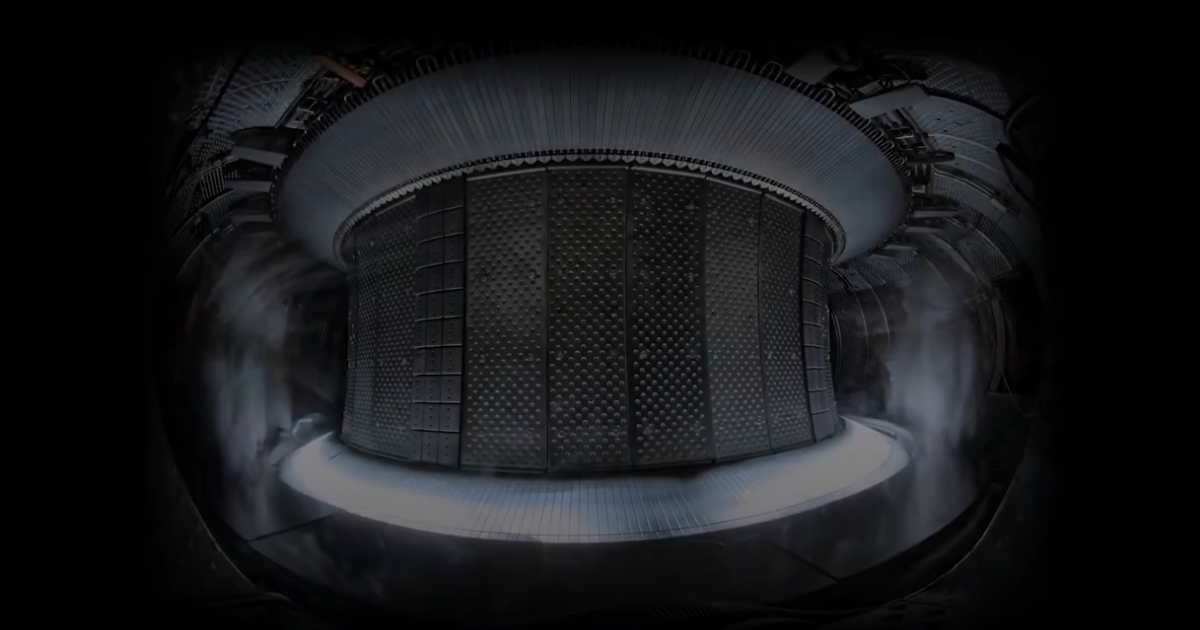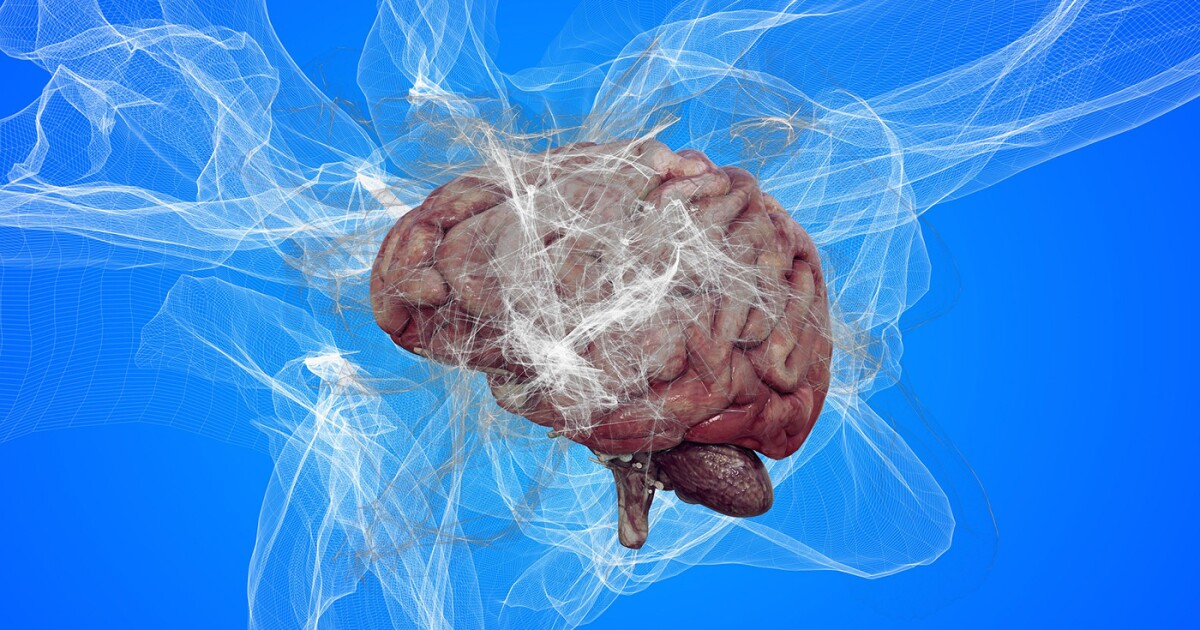Saltwater-Soluble Plastic Breakthrough

Scientists at RIKEN in Japan have developed a new type of plastic that's as durable as conventional plastic but dissolves quickly in saltwater, leaving behind safe compounds. Made from supramolecular polymers with reversible bonds, this plastic offers a potential solution to plastic pollution. While strong enough for everyday use, a simple scratch on a hydrophobic coating allows saltwater to initiate rapid decomposition into nitrogen and phosphorus, beneficial nutrients for plants and microbes. Although excess nutrients can also be harmful, controlled decomposition in specialized facilities could recover these elements for reuse.
Read more














